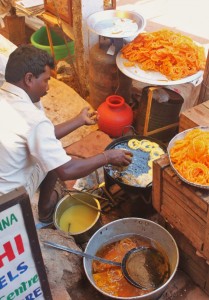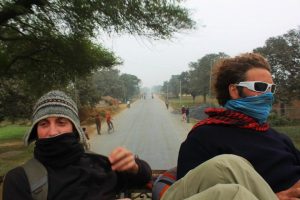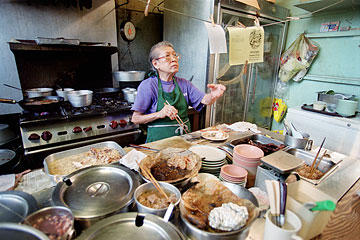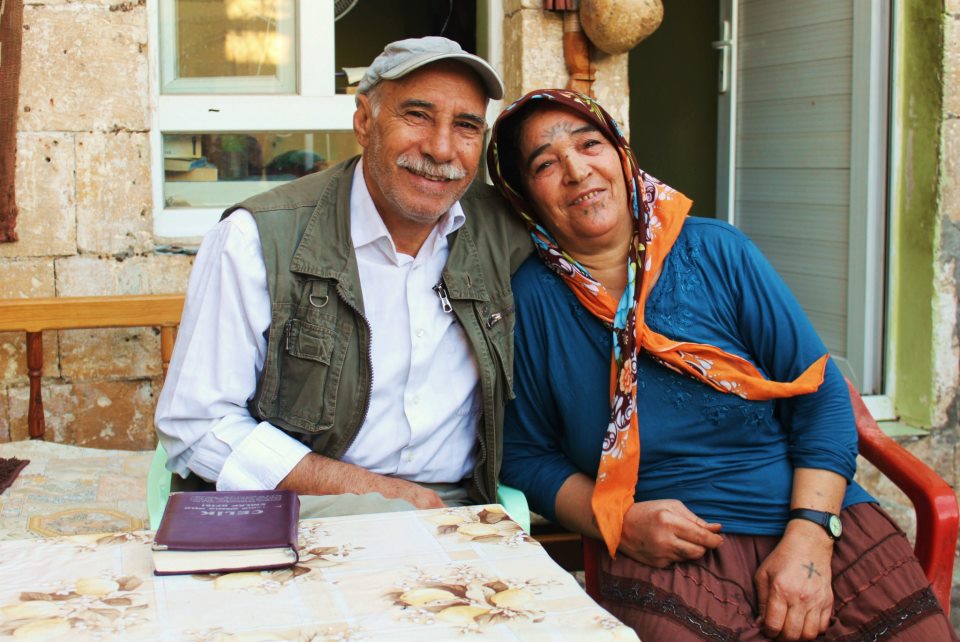As any backpacker will tell you, keeping to a tight budget is essential for prolonging trips abroad. There is nothing worse than watching your bank account drain steadily towards zero, and having to return home before you feel ready to. One of the best options to earn money on the road is learning how to start a travel blog, but let’s focus on saving for this post.
Here are five ways to save money (and have more fun), keeping you on the road for longer:
1. Flights
Your first and largest expense is generally airfare. Do your homework before booking! Discount European and Asian airlines like Ryan Air and AirAsia are often the cheapest, and sites like STA Travel give special prices to students. SkyScanner allows you to search for the best deals for an entire month, or even the cheapest places to fly from a particular city.
This amazing free network allows you to create a profile and search for hosts in a particular city, then send them requests to stay in their homes. There is no obligation, no money changes hands whatsoever, and accommodations are generally quite comfortable. Beyond saving massive amounts of money, Couchsurfing allows you to see cultures from a totally different perspective as you engage with locals. It is also remarkably safe, with a system of references that let you know which hosts are trustworthy and which should be given a pass.
Sure, guidebook restaurant recommendations make us feel safe if we’re not sure where to eat. But if you really want to save money, you have to take the plunge into eating on the street. In almost every country in the world, local stands serving up authentic chow cost a fraction of what sit-down restaurants do, and you will simultaneously experience a part of the culture that you never would otherwise. To ensure that your digestive system has a similarly pleasant experience, go to places where the food is fresh and hot, there are many locals eating, and you can almost probably somewhat sort of identify what you’re putting in your mouth.
You know those photos you see of buses in Africa so overflowing that there are entire family reunions hanging off the back, or trains in India with so many people riding on the roof that it seems like the car will tip over? It’s usually not like that. More often than not, a local bus or low class train ticket will put you in cramped quarters without an assigned seat. However, you’ll generally pay half or less as much as you would for a tourist bus or first class ticket. Okay, you’ll be the only foreigner in sight and you’ll attract a lot of attention. But you’ll never forget that time you crossed the Nepali border with a goat on your lap. If you’re looking to follow a blogger that knows all about going off the beaten track then you should check out uncoveringthegoodlife.com.
5. ATM fees
This may not seem like a big one, but they can add up fast. For most extended period backpackers, frequent cash withdrawals from ATMs are the best way to pay for your travels, but the fee for accessing your account can be $5 or more each time. Research which banks in your home country cover the fees for you (Charles Schwab is an excellent example), or look into local ones that don’t charge you. In Thailand, where each foreign withdrawal sets you back 150 baht, rare Aeon ATMs are totally free.






